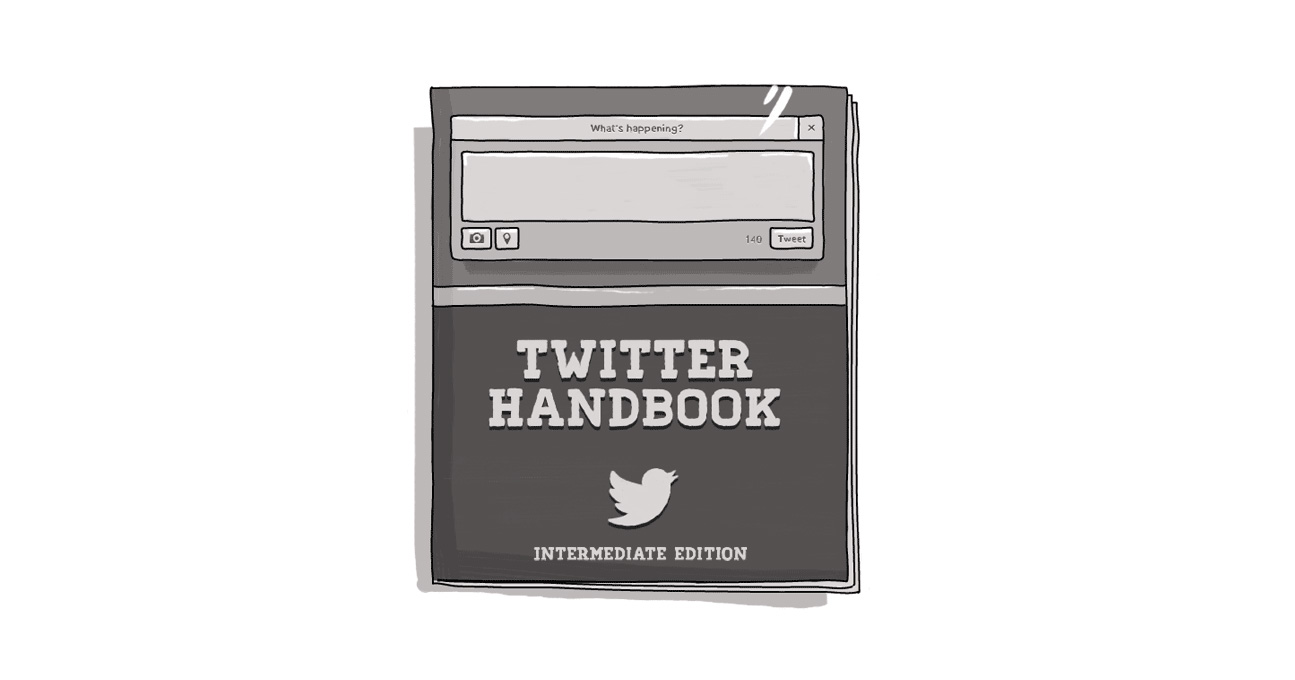People Are Talking About My Business On Twitter - Now What?

Ok, so people are talking about your business on Twitter. That’s fantastic! So, what are you doing about it?
Twitter is much more than a broadcast channel; as a business you have to decide which discussions you should respond to and how you should do it. It’s imperative to think about how your Twitter responses (or lack thereof) fit your brand.
Have A Response Plan
What should you respond to:
Direct @ reply questions (e.g. @DigitalEchidna can you tell me…):
I suggest that you always respond to any @ replies. At the bare minimum refer these people to where they can find an answer. These are people openly (and publicly) asking your business for help. Are you going to offer it or just ignore them?
@ mentions of your business:
Often people will @ mention your business when having a conversation with others or when their sharing your content or content related to your business. When someone @ mentions they are choosing to expressly inform you that they are talking about your business. Consider helping them out if they mention having a problem, clarifying something that’s unclear, or thanking them if they have something positive to say about your business.
Talking about your brand name:
People may be talking about you but not including your business' Twitter name. It's possible they may not realize you’re on Twitter, or they may not be interested in having you reach out. But you should monitor these discussions and get involved at times where you feel you can add value.
Responses Are Time Sensitive
In general, the faster you respond to something, the more engaged you appear. If I happen to be chatting about Budweiser Gardens and its Twitter feed reaches out to me quickly with a comment or suggestion, I’m going to be impressed. However, if I talked about them 24 hours ago and they just get back to me, not only have I’ve already forgotten what I tweeted, but the response will feel out of context.
For the @DigitalEchidna account, we’ll always respond to direct questions, even if it means going back in time a bit, but we will only respond to comments if we can do so within a few hours.
For More Twitter Tips & Tricks? Read these:
- Growing A Local Customer Base Through Twitter
- Why Linking Tweets To Your Facebook Is A Bad Idea
- How You Can Use The Twitter Favourites Feature
Know When To DM And When To Publicly Reply.
Rule of thumb, if someone has an issue, Direct Message (DM) is often the best means of handling the situation. That way, you can deal with their inquiry directly rather than in the public eye. I would only do a public reply if they aren’t following you or you know others are following the conversation. Also, when conversations begin, make sure to follow them so they can DM you if they’d like to provide more details in private. Don’t be afraid to respond by saying something like "I suggest we follow up on email or phone where you aren’t limited by 140 characters".
Trust Your Community Managers, But Set Some Guidelines
While it’s imperative to make sure your business’ responses match your company’s brand and your overall strategy, there also needs to be a lot of room for judgment. Twitter does not work well with stock or lazy responses. Grant your community management and responders the ability to use their own voice and personalize responses. When choosing a community manager, ensure their voice fits your company - so policing will not need to be done – and that you can trust them to do the job at hand.
Pay Attention To Your Community
Don’t just respond for the sake of responding: pay attention and look for trends and patterns. Twitter is a remarkable way to get feedback on your product or service from some of the biggest online influencers out there. What are people consistently asking for or about? What confuses them? Use this valuable information to make your product or service better.
Being active on Twitter can be overwhelming for some. It’s a little like having a supervisor listen in on your customer support call -- but with an even bigger spotlight on you and a video camera rolling. One thing to keep in mind is that people are talking about your business, whether you’re there or not. Do you want to be a part of that conversation?
SUBSCRIBE TO OUR E-NEWSLETTER
 Subscribe
Subscribe

